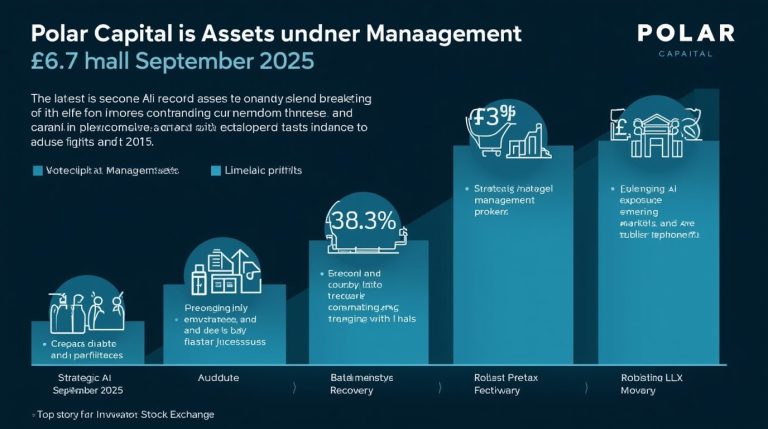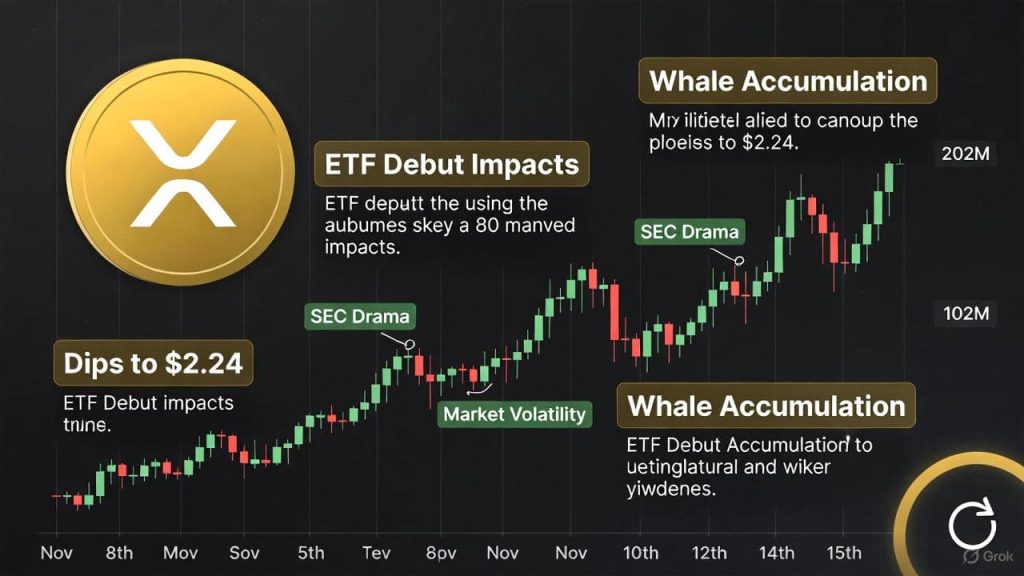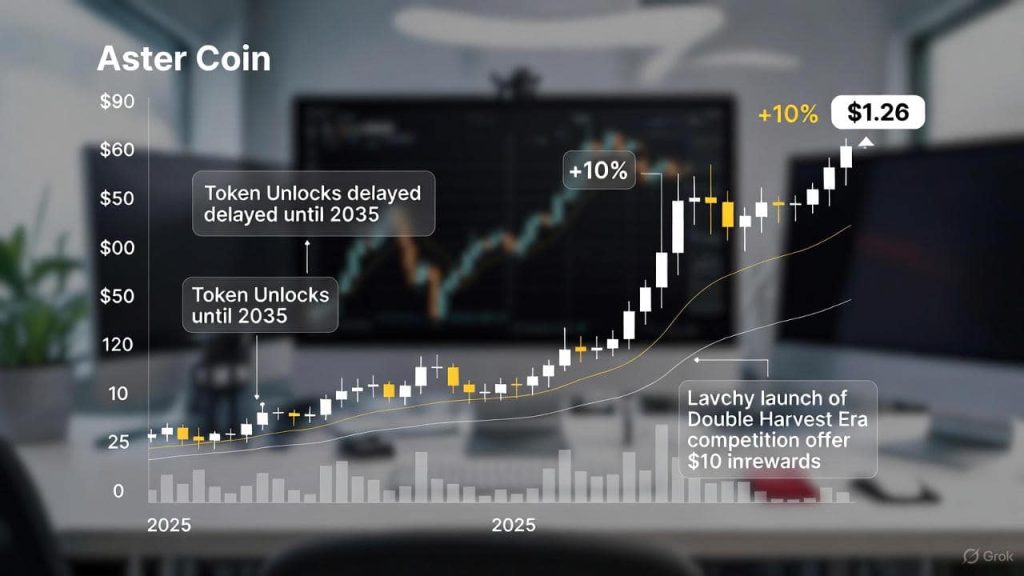In today’s fast-changing landscape of technology and finance, it takes more than innovation to build lasting success. For Takin Jitjanuruk, Co-Founder of Woxa Group, the cornerstone of progress lies not in the technology itself but in the philosophy behind it. A strategic investor and thought leader in the Fintech and AI sectors, Takin believes that the most transformative companies are those rooted in vision, culture, and purpose.
Building Woxa Corporation: A Platform That Changes Lives
Woxa Group was born from a single yet ambitious idea: to create a platform that changes people’s lives. For Takin, technology is not merely a tool for efficiency or convenience; it is an enabler of a safer, smarter, and more inclusive financial ecosystem. Guided by this belief, Woxa has evolved into a global technology company employing nearly 400 people across multiple regions, serving both consumers and institutions with forward-thinking digital solutions.
Rather than focusing solely on products or profit margins, Takin’s leadership centers on purpose-driven innovation. His goal is to build Woxa into a global platform that not only advances financial technology but also leaves a positive mark on society. In his words, success must extend beyond performance metrics—it must create real, human-centered impact.
Leadership Philosophy as the Engine of Innovation
Takin’s approach to leadership is as distinctive as the company he built. He has long maintained that great corporate culture produces great technology, not the other way around. This belief forms the foundation of Woxa Group internal ethos. High performance and extreme ownership are more than buzzwords; they are principles woven into the company’s DNA. By fostering an environment where innovation is driven by accountability and purpose, Woxa empowers teams to think creatively and execute decisively.
His leadership philosophy is a reflection of years spent navigating the complexities of technology, investment, and entrepreneurship. The ability to merge strategic thinking with cultural insight has allowed Takin to establish a global mindset within Woxa’s operations. Teams across continents are united by shared values, clear objectives, and a collective commitment to the company’s mission.
Beyond Fintech: A Vision for the Next Digital Frontier
While Woxa Group foundation is rooted in Fintech, Takin Jitjanuruk’s vision extends beyond the industry’s current frontiers. He foresees the next wave of innovation emerging from the convergence of AI, cybersecurity, and sustainable digital growth. As financial systems become increasingly interconnected, Takin emphasizes that cybersecurity will play a defining role in shaping trust and stability in global markets.
“Technology has advanced faster than our ability to manage its risks,” he notes. “The next chapter of Fintech will be about safeguarding digital integrity while unlocking new opportunities for growth.” It’s a message that resonates deeply with investors, executives, and policymakers navigating an era defined by both progress and vulnerability.
This forward-looking mindset positions Woxa as more than a technology company. It is an ecosystem builder—one that designs solutions capable of adapting to future challenges. Whether through AI-driven platforms or resilient cybersecurity frameworks, Woxa’s mission aligns closely with Takin’s long-standing belief that sustainable innovation must balance efficiency, ethics, and empowerment.
Investing in Sustainable Growth
As a strategic investor, Takin applies this same philosophy to his investment approach. Rather than chasing short-term returns, he prioritizes ventures that create long-term value through responsible growth and adaptive innovation. His investment philosophy mirrors Woxa’s internal culture—focused on sustainability, human capital, and societal impact.
Takin often points out that many investors overlook the intangible drivers of success. In his view, a company’s leadership values and internal cohesion often determine its resilience in volatile markets. For that reason, his portfolio reflects companies that demonstrate clarity of vision, strategic discipline, and a commitment to ethical progress.
The Future of Leadership in a Digital World
Takin’s perspective offers a valuable lesson for the next generation of entrepreneurs and investors. In a business climate where disruption is constant and innovation cycles are shorter than ever, leadership grounded in philosophy provides stability and direction. The story of Woxa Group is therefore not just one of financial success—it is a testament to the power of vision-led leadership.
Looking ahead, Takin envisions Woxa continuing to expand its influence as a global force in technology and finance. Yet, his ambitions go further. He aims to cultivate a new standard of leadership across industries—one where vision and culture stand at the heart of every technological breakthrough.
For readers of ABC Money, Takin Jitjanuruk represents a model of what modern entrepreneurship can look like when guided by values rather than trends. His journey with Woxa Corporation serves as a reminder that in the age of algorithms and automation, it is still human insight that defines true innovation.
To learn more about Woxa Group and its ongoing mission to shape the future of global technology, visit https://woxagroup.com.














 Bitcoin
Bitcoin  Ethereum
Ethereum  Tether
Tether  XRP
XRP  USDC
USDC  Wrapped SOL
Wrapped SOL  TRON
TRON  Lido Staked Ether
Lido Staked Ether  Cardano
Cardano  Avalanche
Avalanche  Toncoin
Toncoin